07/08/2020 | Maria Adelaide Marchesoni
La Fondation Carmignac
Created by collector Édouard Carmignac, the foundation in the Porquerolles Islands celebrates ten years of commitment to photojournalism this year.
In 2009 when he was faced with an unprecedented crisis in the photojournalism sector, the collector Édouard Carmignac established the Prix Carmignac du Photojournalisme, to support photographers who are committed to documenting the significant events of our time. This year, an exhibition entitled 10 ans de reportages opened at the Fondation Carmignac on Porquerolles Islands, off the Côte d'Azur, to mark the tenth anniversary of the prize (open until November 1 2020).
Directed by Emeric Glayse, each year the award goes to a photo-journalist whose work investigates geopolitical and environmental issues or human rights violations around the world. Selected by an international jury, the winner receives a grant of 50,000 euros, which allows the photographer to work on a six-month project. The foundation also funds a travelling exhibition and the publication of a monograph..
This year in its 11th edition, the prize was awarded to Finbarr O'Reilly, a Canadian photographer who has lived in Africa for 12 years, for his work Congo in Conversation, also on display at the Fondation Carmignac exhibition. It is a chronicle on the Congo, focusing on the human, social and ecological challenges that the African country is facing today, made even more difficult with the new health crisis caused by the Covid-19 pandemic. The project began in January, but was interrupted due to the pandemic. Because of that, it continued via close collaboration with Congolese and international journalists and photographers based in Congo, and was developed online. With a dedicated website created for the project and shared on social networks, Congo in Conversation will be an uninterrupted and unpublished stream of writings, photographs and videos, updated regularly.
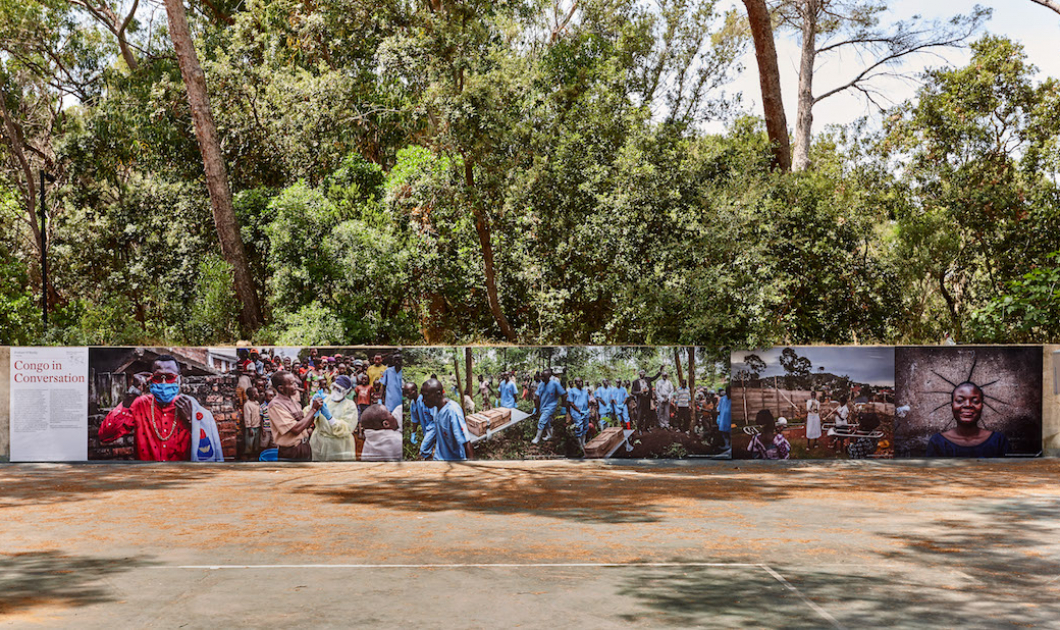
Finbarr O’Reilly Congo in Conversation, © Finbarr O’Reilly for Fondation Carmignac
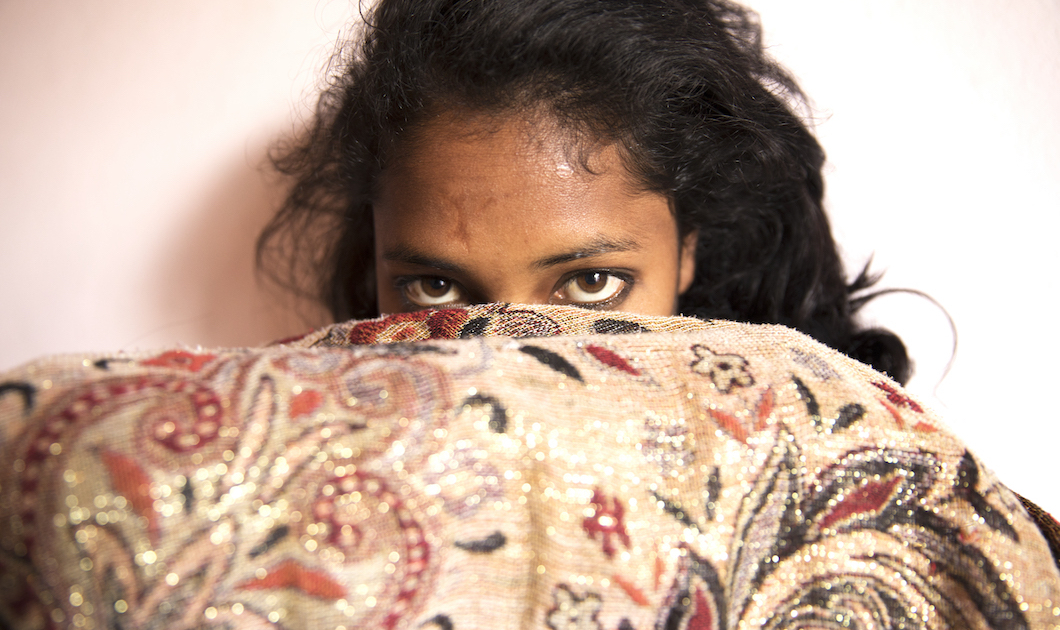
RITA, 17 YEARS OLD Chabahil, northern district of Kathmandu - April 2017, Vue d’exposition Prix Carmignac du Photojournalisme : 10 ans de reportages Villa Carmignac, Porquerolles © Fondation Carmignac – Lizzie Sadin – Photo: Laurent Lecat
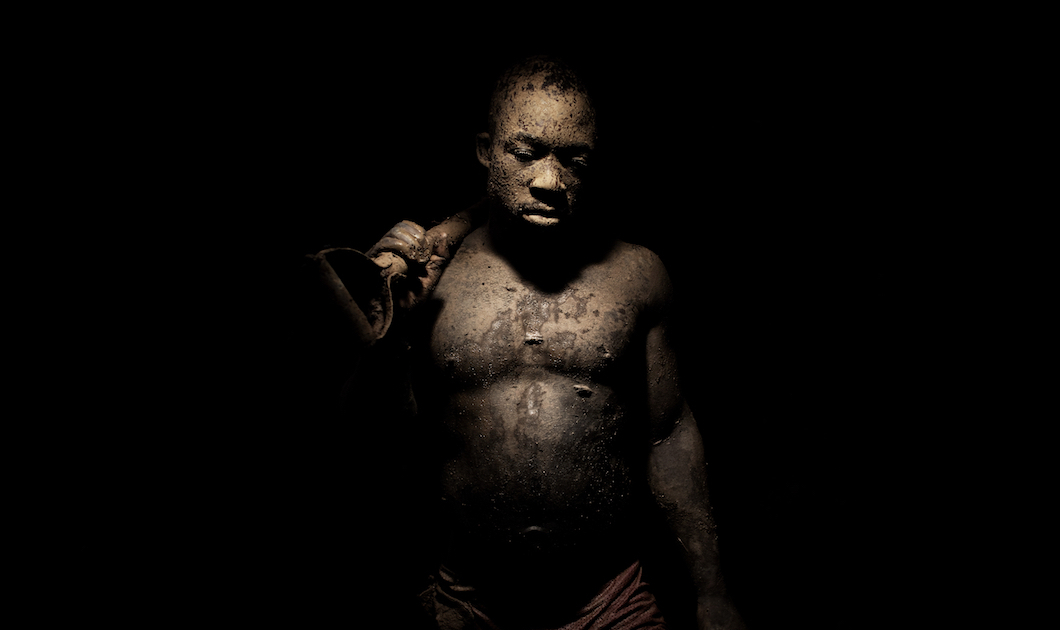
Nyasha, an illegal gold miner in Manicaland. © Robin Hammond pour la Fondation Carmignac, Vue d’exposition Prix Carmignac du Photojournalisme : 10 ans de reportages Villa Carmignac, Porquerolles © Fondation Carmignac, Photo: Laurent Lecat
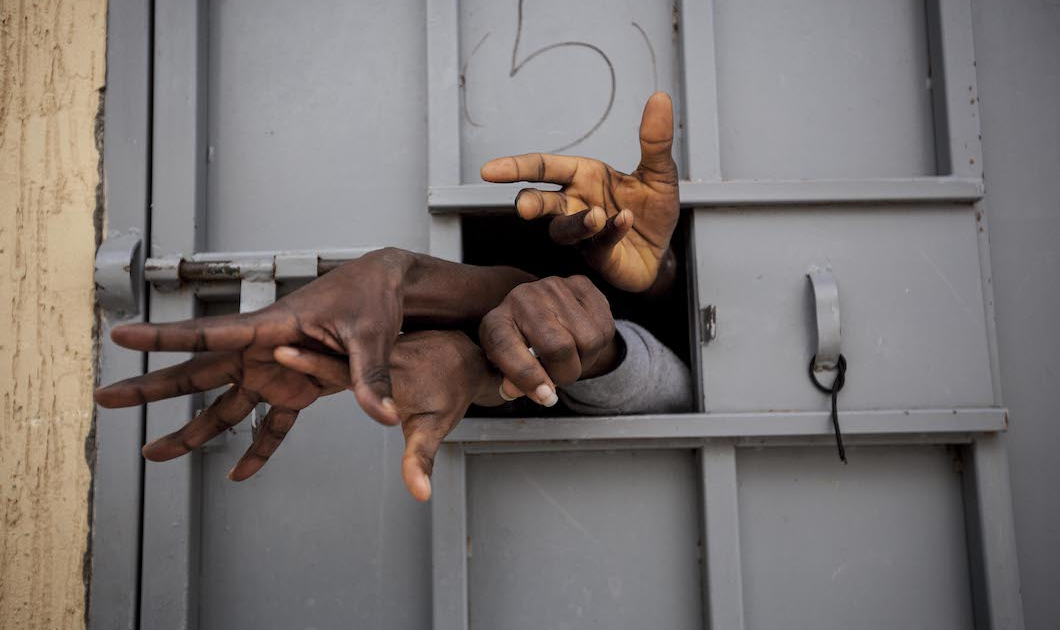
Garabuli, March 2016. Sub-Saharan illegal migrants reach through the window of a cell, Vue d’exposition Prix Carmignac du Photojournalisme: 10 ans de reportages Villa Carmignac, Porquerolles © Fondation Carmignac - Narciso Contreras – Photo: Laurent Lecat

Kadir van Lohuizen, Kangerlussuaq, Greenland, July 2018, © Kadir van Lohuizen / NOOR pour la Fondation Carmignac, Vue d’exposition Prix Carmignac du Photojournalisme: 10 ans de reportages Villa Carmignac, Porquerolles, Photo : Laurent Lecat

Vue d’exposition Prix Carmignac du Photojournalisme : 10 ans de reportages Villa Carmignac, Porquerolles © Fondation Carmignac – Massimo Berruti – Photo : Laurent Lecat
Édouard Carmignac is the founder of Carmignac Gestion, one of the most important asset management companies in Europe with approximately $38 billion of assets under management. The first work to enter his collection was Lewis Carroll's Wunderhorn a 1970 lithograph by Max Ernst. It is anillustration of a scene in Alice in Wonderland, where the Queen is sitting on her throne and the White Rabbit at her feet doing his best to amuse her.
Later, Carmignac bought American art of the 1960s to the 1980s, including iconic works by Andy Warhol, Jean-Michel Basquiat, Keith Haring and Roy Lichtenstein. The work by Lichtenstein, Fishing Village, 1987 entered the collection in 2002 , and since then Carmignac has purchased 14 more works of his, . Carmignac’s is most important collection of Lichtenstein's works in France. The most recent addition to the collection was Nude with Blue Hair (1994), purchased in 2018.
However, Carmignac does not like the idea of owning a collection, but considers the over 300 works he has acquired over the years a cabinet of curiosities of his life. He has never sold a work from his collection so in art he does not apply the strategies he follows for investments. He loves to get to know artists, but for purchases he turns to galleries, and loves to share his works, which, in fact, are exhibited in the management company's offices.

Ed Ruscha, Sea Of Desire, 2018 Peinture sur panneau métallique © Fondation Carmignac - Photo Marc Domage
Other 20th and 21st century artists in the collection are Willem de Kooning, Martial Raysse, Miquel Barceló, Ed Ruscha and Gerhard Richter. Richter made his first appearance in the collection in 1993 with the 1982 painting Grüner Strich, 1982; today a total of six of his works are included in the collection.
In recent years Carmingnac has become acquainted with the art of new geographies: in 2017 at Art Basel he bought Blema, a 2006 work by the African artist El Anatsui. Today he is interested in emerging artists such as the Bangkok raised Korakrit Arunananondchai, and the African-American Theaster Gates.

Miquel Barceló, Not titled yet, 2018 © Fondation Carmignac - Adagp, Paris, 2019 – Photo : Luc Boegly, David Desrimais Editeur
Part of Édouard Carmignac's collection is on display at Villa Carmignac, in the heart of Porquerolles Islands, a pristine paradise onthe French Riviera. You arrive at the foundation by boat, walk through a forest of eucalyptus and Mediterranean maquis and once you arrive at the villa take off your shoes and continue your visit in the interior spaces dedicated to the exhibition in bare feet.
Historically the villa was a farm, featured in Jean-Luc Godard's 1965 film "Pierrot le fou". In the 1980s, the French architect and inventor of reinforced concrete Henri Vidaltransformed the farm into a villa. Édouard Carmignac saw it for the first time when he was invited to the wedding of one of Vidal's daughters. He fell in love with the estate and immediately imagined turning it into a place that would be dedicated to the arts.
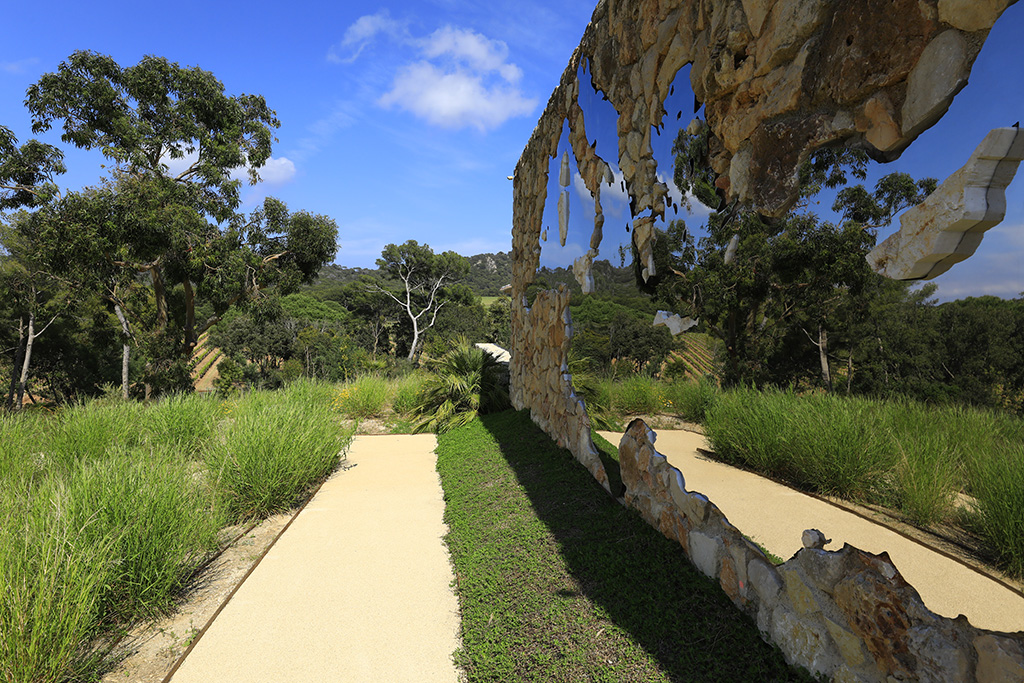
Jean Denant, La Traversée, 2018 © Fondation Carmignac - Photo Camille Moirenc
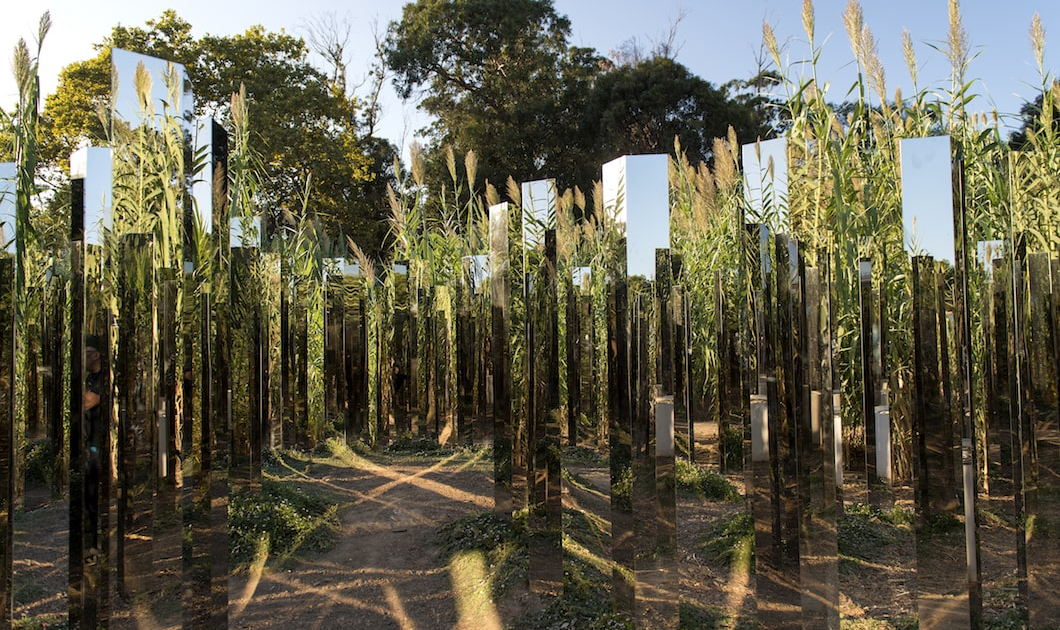
Jeppe Hein, Path of Emotions, 2018 © Jeppe Hein - Photo : Marc Domage

Miquel Barceló, L’Alycastre, 2018 - Bronze avec patine Adagp, Paris 2019 © Fondation Carmignac - Photo Camille Moirenc

Jaume Plensa, Les trois Alchimistes, 2018. © Fondation Carmignac – © Adagp, Paris, 2019 - Photo : Marc Domage
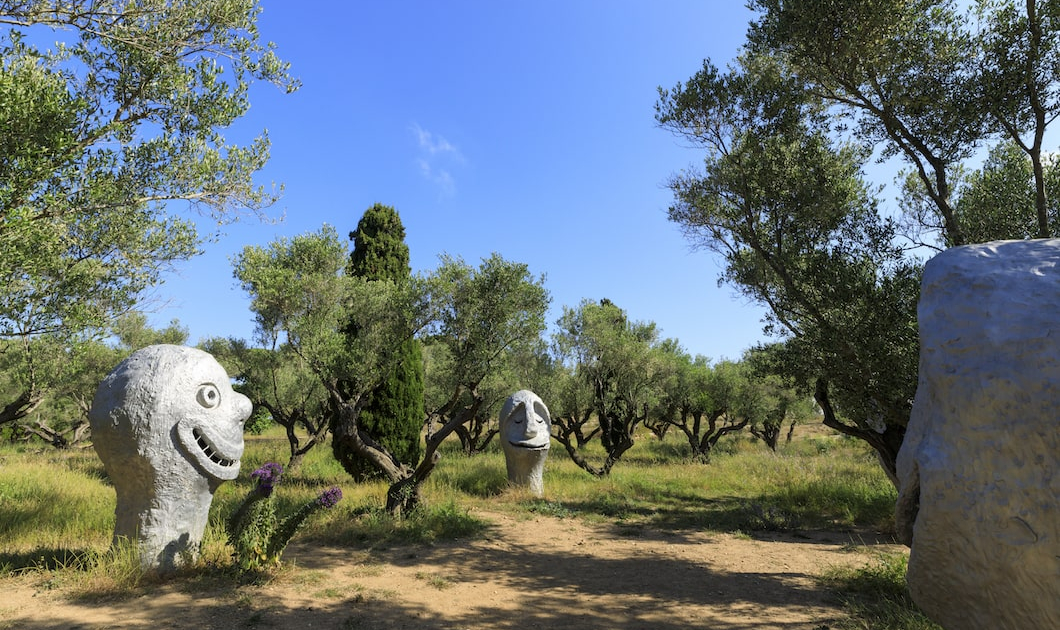
Ugo Rondinone, Four seasons 2018 © Fondation Carmignac - Photo Camille Moirenc
The exhibition space of Villa Carmignac is dug underground to a depth of 7 metres and expands with a cross-shaped plan. In the centre, an aquatic skylight lets in natural light, and large windows overlooking the vineyards illuminating the exhibition space.
The villa is surrounded by Mediterranean vegetation where a series of monumental sculptures are placed, including Nils Udo's La Couvée, Juame Plensa's Les trois Alchimistes, Ugo Rondinone's Four Seasons, and Jeppe Hein's Path of Emotions labyrinth.
"Ce lieu a été crééé pour le plaisir de partager ce que j'aime avec le plus grand nombre. Je préfère le mot "partager" à celui de "transmettre". C'est la raison pour laquelle j'aime les œuvres accessibles" ("This place was created for the pleasure of sharing what I love with as many people as possible. I prefer the word "share" to the word "transmit". That's why I like accessible works") says Édouard Carmignac.

Nils-Udo, La couvée, 2019 © Fondation Carmignac – Photo : Nils-Udo
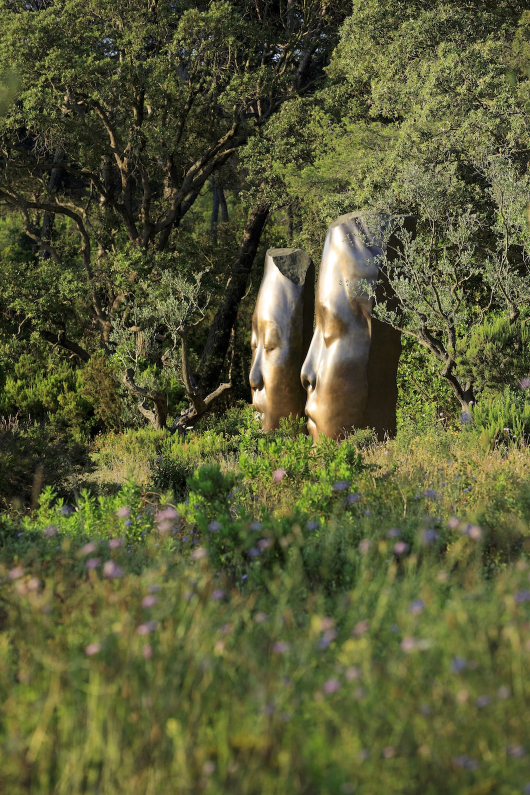
Jaume Plensa, Les trois Alchimistes, 2018. © Fondation Carmignac – © Adagp, Paris, 2019 - Photo : Camille Moirenc

Ugo Rondinone, Four seasons 2018 © Fondation Carmignac - Photo Marc Domage

© Fondation Carmignac - Photo Lionel Barbe